Isaac Albéniz – Asturias – transcrição Flávio Apro – partitura física
R$46,00
– Até 12x no cartão de crédito ou PIX
– Promoção exclusiva: de R$ 46,00 por R$ 43,90
– Compositor: Isaac Albéniz
– Transcrição e texto: Flavio Apro
– Edição: 1ª – 2021; bilíngue (português/inglês)
– Formato: 23,5 x 31 cm
– Páginas: 24
– Peso: 300 g
– Acabamento: brochura, grampeado
– Editora Tipografia Musica
6 em estoque
DESCRIÇÃO
Transcrição para violão na tonalidade original em Sol menor por Flávio Apro / Transcription for guitar in the original key in G minor by Flávio Apro
Escrita originalmente para piano solo, “Asturias” se tornou uma das obras mais conhecidas do repertório para violão clássico desde a transcrição do célebre violonista Andrés Segovia, no início da década de 1950. Batizada por Isaac Albéniz (1860-1909) como “Preludio” e publicada pela primeira vez em 1892, a peça recebeu depois o título de “Asturias (Leyenda)”, como parte da “Suite Española”. Desde então, sua melodia ganhou diversos arranjos, interpretações, gravações e versões, incluindo a canção “Spanish Caravan”, do grupo The Doors. As dificuldades de transpor a peça em seu tom original em Sol menor, sem grandes perdas para a tessitura do violão, fizeram com que ela se consolidasse na tonalidade de Mi menor. A nova transcrição aqui proposta, contudo, busca cumprir essa tarefa de aproximação da fonte original. Em situação normal, através da afinação padrão, alguns desafios tornam a missão desalentadora: a tonalidade original de Sol menor apresenta-se aparentemente inadequada, as duplicações de oitava e aberturas de acordes estão distantes do alcance da mão esquerda, além do registro original da obra se estender para além dos limites da tessitura tradicional do violão clássico. A fim de sanar tais vicissitudes, buscou-se uma solução em torno de um sistema alternativo de afinação (scordatura).
* * *
Originally composed for solo piano, “Asturia” has become one of the best-known works in the repertoire for classical guitar, since the transcription of the famous guitarist Andrés Segovia, in the early 1950s. Named by Isaac Albéniz (1860-1909) as “Preludio” and published for the first time in 1892, the work was later entitled “Asturias (Leyenda)”, as part of the “Suite Española”. Since then, its melody has received several arrangements, interpretations, recordings and versions, including the song “Spanish Caravan” by The Doors. The difficulties in transposing it from its original key in G minor without major losses for the guitar’s extension made the work be transposed to E minor most of the time. The new transcription proposed here aims to fulfill this task of creating an arrangement as close as possible to the original source. Under normal circumstances, using the standard guitar tuning, some challenges make the task frustrating: the original key of G minor seems to be apparently inadequate, for octave doublings and chord openings become out of reach for the left hand, not to mention that the original extension contained in the work is beyond the classical guitar’s traditional limits. In order to overcome such difficulties, an alternative tuning system (scordatura) was proposed to solve the issue.
* * *
Texto de apresentação bilíngue – português/inglês.
Bilingual foreword text – Portuguese/English.
| Peso | 66 g |
|---|---|
| Dimensões | 31 × 24 × 1 cm |
Apenas clientes logados que compraram este produto podem deixar uma avaliação.



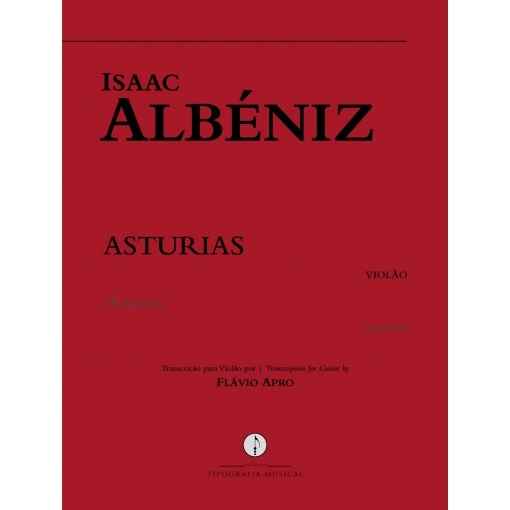



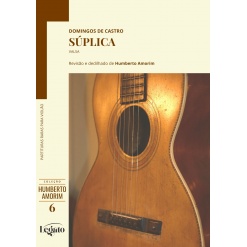
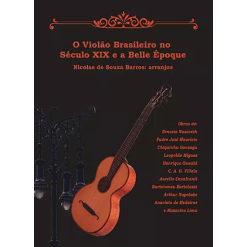


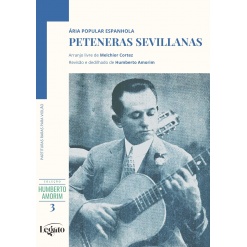
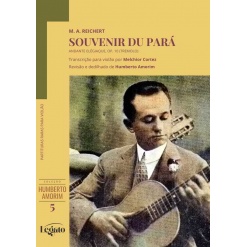
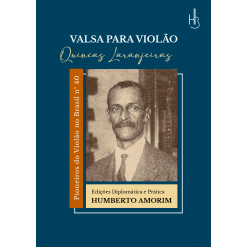

Avaliações
Não há avaliações ainda.